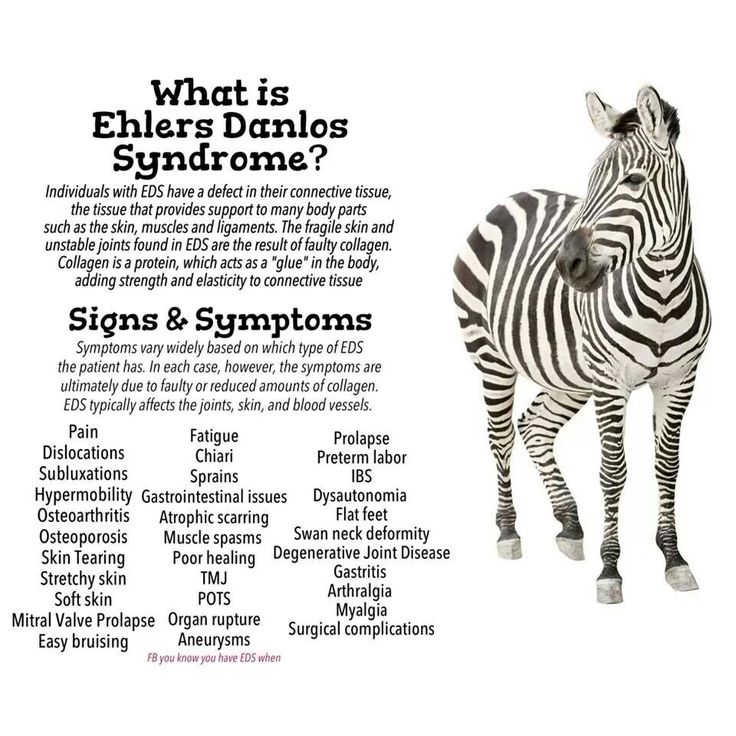What Uncontrolled Hypermobile Ehler’s Danlos Syndrome Looked Like Way Back in 1993.
I wrote the following paper for a college class I was taking back in the early 1990’s. I was supposed to “explain a difficult concept.” This one was pretty fresh on my mind, since I was struggling to understand what had been wrong with my right shoulder for a decade and a half, much less why it couldn’t be fixed.
Today, we understand a lot more. (Dye injected MRI, arthroscopic surgery…) Not enough. But more.
Another thing we understand is that what I describe below is a set of symptoms, not causes. We now know that the 1% of the 2% of the population Dr. Misamore talked about very likely has MDI because, at the very least, they fall somewhere into the HSD (Hypermobility Spectrum Disorders). Many. like those in our Family Circus have the Hypermobile form of Ehler’s Danlos Syndrome among others.
Tangled Up Puppet
Imagine a puppet. Strings run from the back of its head, through each joint, all the way down to its toes. By manipulating these strings, the puppet master makes the puppet dance. When the arm string is pulled one way, the puppet bends an elbow. When it is pulled another way, a wrist waves the hand. As the puppet-master releases the strings, the puppet’s limbs fall back into their normal positions. The puppet looks as though it is sleeping. Without any strings, the puppet would collapse into a pile of painted wood, useless.
Tendons in people work like the strings of a puppet, with the help of muscles, nerves, and ligaments. Muscles provide strength, nerves provide the commands, and ligaments and tendons provide control. Each elastic strand holds a joint in place or helps it move. The tendon, like the puppet string, allows the joint to bend, but also pulls it back into place when the action is over. One tendon has the simple task of controlling a pointing finger, while others control bigger functions, like kicking a ball, or clapping hands. Each joint in the body has its own group of tendons to help it along.
Sometimes, tendons are very loose. They don’t hold the joints in place very tightly. Some people can turn one foot in the opposite direction from the other, bend a thumb all the way back to the wrist, or twist an elbow around without moving the hand. These people are all, what we commonly call, “Double Jointed”. People who are Double Jointed do not really have two joints in the place of one. Their tendons stretch out like a big rubber band, allowing the joint to move it in ways that would be impossible for a tight, normal tendon. Doctors call this condition Tendon Laxity.
Gymnasts are often “Double Jointed”. Gymnasts are known for their extreme flexibility and agility because the strings holding their joints together have so much slack, or extra room, in them. The beauty and grace of a ballet dancer are often due to Tendon Laxity as well. In fact, any activity where flexibility is important can be done more easily by someone with Tendon Laxity than by a person with normal joints.
A person with Severe Tendon Laxity can dislocate joints, actually pull them from their sockets, without even knowing it. According to Dr. Gary Misamore, of the Indianapolis Clinic of Sports Medicine, about two percent of the world population has Tendon Laxity, but only one percent of those have Severe Tendon Laxity. Dr. Misamore also says that the famous Harry Houdini may have had the most lax tendons in history.
Mr. Houdini’s assistant routinely tied him into a straight jacket, hung him upside down, and walked away. Miraculously, Houdini could wriggle his way free in about fifteen minutes. All he really did was dislocate both of his shoulders so that his arms hung like a stringless puppet’s. Then, by dislocating an elbow and wrist, he could slide one arm, now like rubber, out of the back of the jacket. Snapping the wrist, but not the shoulder, back into place, Mr. Houdini untied the string behind him, and freed himself.
Severe Tendon Laxity can cause some interesting effects apart from the bodily contortions familiar to most people. What would happen to the puppet with no strings at all? He’d be a very sloppy dancer! Like a big rubber band stretched too much, abused and lax tendons can become damaged, forgetting how to snap back into place. When this happens, the condition known as Tendon Laxity becomes something called Multi Directional Instability. Multi Directional Instability, or MDI, means the tendons have become so loose they will no longer help the joint move, or even hold it together while it is not moving. Drinking can become an unexpectedly damp affair with MDI in the shoulder. Fingers cannot draw together around the cup. The elbow cannot smoothly bend to raise the glass to the lips, without tendons to provide control.
Tendons that have lost their elasticity become inflamed. They must work extra hard to try to hold the joint in place. The more they fail, the harder they try, until they swell up and Tendinitis occurs. Tendinitis simply means inflammation of the tendons.
Since using the injured joint makes it worse, almost any movement at all can make the problems snowball. Chronic Tendinitis causes several other chronic, painful conditions. Eventually, inflammation and pain spread into other parts of the joint. For example, in the shoulder, the Thoracic Nerve sends messages from the brain to various parts of the arm, telling each of them what to do. As inflammation and pain spread through the shoulder joint, the Thoracic Nerve also swells, cutting off the messages from the brain. Medically, this condition is known as Thoracic Outlet Syndrome, or TOS. Now the joint is not only sloppy; it no longer receives orders very well. The puppet is in a heap on the floor and is responding only sporadically to the commands of the puppet master.
Bursitis and Arthritis set in if MDI, Chronic Tendinitis and TOS have not totally immobilized the shoulder at this point. Inflammation of the Bursa (Bursitis) begins when the small sacs of liquid that serve as a cushion between tendon and bone, get irritated by the tendon’s jerky movement. Finally the whole joint is inflamed; tendons, ligaments, cartilage, muscle, and nerves are all swollen and painful. Arthritis has set in. Use of the joint at this point, is virtually impossible. No matter what the puppet master tries, the puppet will not dance, or even tap a toe. The strings are simply not working.
It is time for the puppet to say goodnight, and rest until he can be restrung. The treatment is similar for humans. Special exercises which help the muscles learn to imitate tendons follow an extended period of complete rest. If the damage is not severe, surgery can be done to shorten the tendons. Like removing links in a chain, this procedure effectively restrings the joint.
MDI is often mis-diagnosed, however. Patients often get treated for the symptoms, Tendinitis, Bursitis, and Arthritis. Even Carpal Tunnel Syndrome and Rheumatoid Arthritis have symptoms that mimic those of MDI. One doctor even mistook MDI for a broken Rotator Cuff! This is how the condition is often allowed to persist. Over time, scar tissue builds up. Scar tissue interferes with the healing process by building a rough place within the range of movement. The rough place irritates the Bursa and Tendon with each movement, and, the whole cycle begins again. Surgery is out of the question for these patients because any surgery will cause scar tissue. At this stage, permanent damage and loss of use are inevitable. Minimal use, anti-inflammatory drugs, such as cortisone and ibuprofen, ice packs, and physical therapy are the only relief that medical science can offer.
The puppet must find another career. Its dancing days are over.

